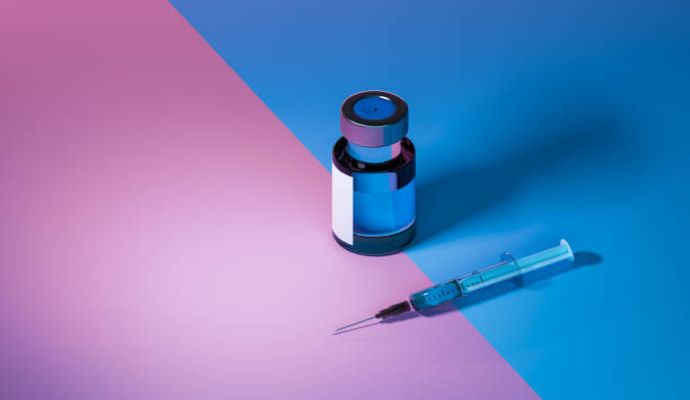HPV Vaccine Rates Increase among Adolescents
According to a recent American Academy of Pediatrics publication, human papillomavirus (HPV) vaccine rates have increased among adolescents.

Source: Getty Images
- The HPV vaccine rates have increased in adolescents. Between 2015 and 2020, the rate of HPV vaccination in juveniles expanded by 19.3%. This study looked at data from the National Immunization Surveys for teens.
According to the CDC, in 2018, 43 million people were infected with HPV, making it the most common STD. Of these infections, the vast majority were in teens and young adults.
HPV is spread through sex and other skin-to-skin contacts. While the virus may resolve itself, it can contribute to additional health problems such as genital warts and cancers. It can be spread even without external manifestations.
To prevent or avoid HPV and its effects, the CDC recommends regular cervical screenings, safe-sex practices, and getting the HPV vaccine.
The American Academy of Pediatrics study found that in 2015 the percentage of pediatric patients who had at least one dose of the HPV vaccine was 56.1%. By 2020, that number had risen to 75.4%. The article differentiated between male and female patients and found that male patients had increased HPV vaccine coverage compared to females.
Other contributing factors to coverage were provider recommendations and well-child visits. Researchers found that provider recommendations significantly increased the rate of vaccination. Children who were advised by a provider to get vaccinated had an 80.7% vaccination rate, while children who did not have a provider recommendation had only a 51.7% rate of vaccination.
Similarly, children who had well-child visits at 11 or 12 years old were 15.5% more likely to receive the HPV vaccine.
The focus on the 11 and 12 year old well-child checks was due to that being the recommended age of HPV vaccinations. While the vaccine is safe for use at 9, most pediatricians administer the first dose in the pre-teen years.
Up until the age of 15, the vaccine is only a 2-dose series. The second dose is administered approximately between 6 months and 1 year after the first dose. The immunization is available for people up to the age of 26. For patients between 15 and 26, a third dose should be administered within the 6 month vaccination timeline.
In 2014, a paper published in Translational Andrology and Urology explored the controversy surrounding the HPV vaccine and concluded that the benefits of the vaccine heavily outweighed potential drawbacks.
The American Academy of Pediatrics, the CDC, and several other organizations recommend HPV vaccinations. Considering the effect of recommendations on vaccination rates, one can infer that increased provider advocacy for the vaccine will continue to cause upward trends in vaccination rates.
